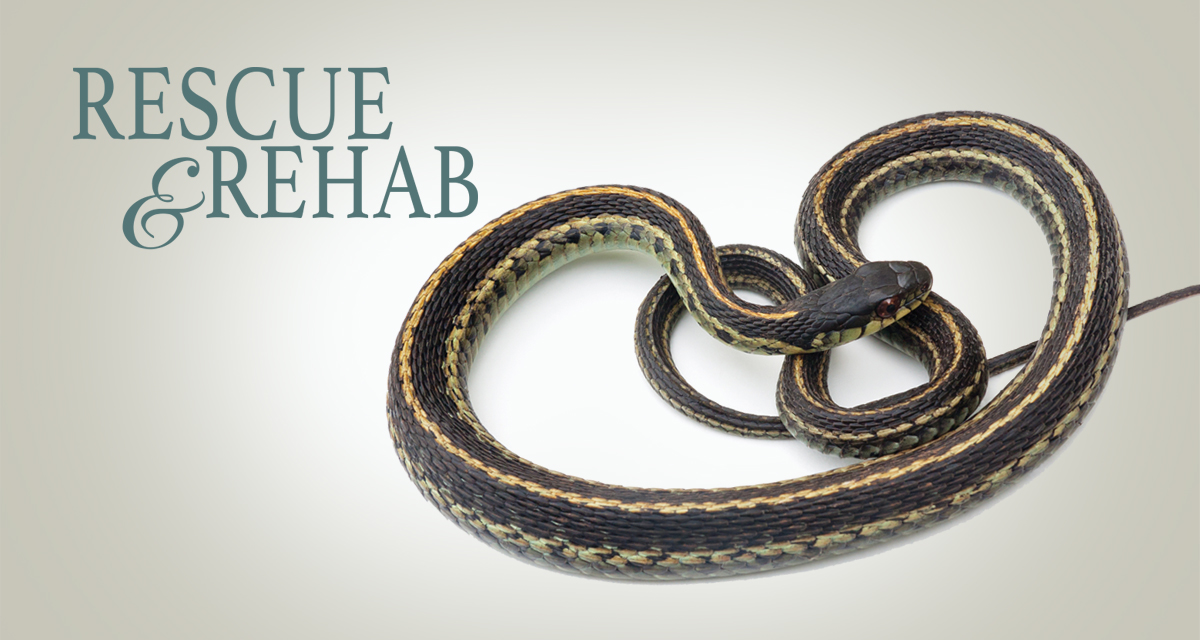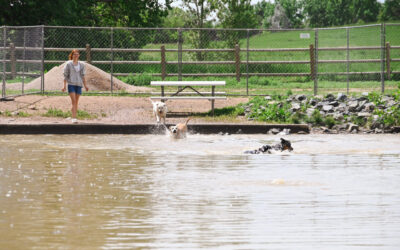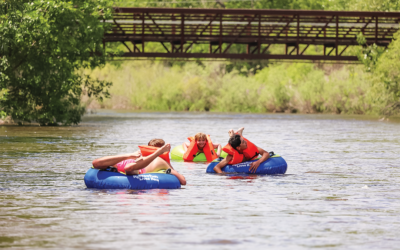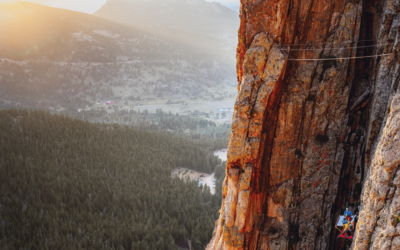By Bridget Callahan
With summer finally here, residents of Larimer and Weld counties have been happy to get outside and breathe some fresh air, especially after the last couple months. The wildlife of Northern Colorado is equally as excited about the warm weather, making this a prime time for unfortunate human-animal encounters.
“Spring and summer are our busy season because of babies and migration,” says Tallon Nightwalker, board president of the Northern Colorado Wildlife Center. “There’s just more human-wildlife interaction. I’m receiving three to five calls a day for animals in need, and we can normally only respond to about 25 percent of those, either because I don’t have anywhere to take them or because I don’t have anyone available to pick them up.”
The Northern Colorado Wildlife Center is Larimer County’s only wildlife rehab program at the moment. The small but dedicated group of licensed wildlife rehabbers, vet technicians and volunteers is the brainchild of Tallon and his father, longtime wildlife rehab specialist Bob Nightwalker, who also sits on the NoCo Wildlife board. Bob was previously on staff at the now-defunct Wildkind program, a wildlife rehabilitation program run by the Larimer Humane Society (LHS), which was closed down in 2012 when the LHS refocused on domestic pets.
Between 2005 and 2012, WildKind helped nearly 12,000 local animals. With its closure, services for wildlife rescue and rehab in Northern Colorado took a huge hit. Currently, the only other programs available are a wildlife rehab center in Longmont, which gives first priority to Boulder County rescues and is often at capacity. There’s also the Rocky Mountain Raptor Program, which, as its name implies, only accepts raptors. While both are excellent programs, it leaves a void in Larimer and Weld counties. That’s the void the Northern Colorado Wildlife Center is trying to fill.
 Started in 2016, they are still a small nonprofit, with eight board members and around 12 to 14 volunteers. Over the last four years, they’ve struggled to find property to build a rescue facility but, in the meantime, they run out of board vice president Kate Boyd’s home, while focusing on education and outreach in area schools.
Started in 2016, they are still a small nonprofit, with eight board members and around 12 to 14 volunteers. Over the last four years, they’ve struggled to find property to build a rescue facility but, in the meantime, they run out of board vice president Kate Boyd’s home, while focusing on education and outreach in area schools.
Due to the lack of a larger facility, the group is currently restricted to only the smallest of local patients. They primarily focus on reptile and amphibian rehab, though they still take calls for removal of other small wildlife. At any given moment, Boyd has around 20 to 30 injured reptiles and amphibians recuperating in her home. The only other wildlife centers in Colorado currently taking reptiles and amphibians are in South Denver and Colorado Springs. So, the decision to focus on these often-misunderstood creatures was about filling a gap in creature care, as much as it was also simply about space.
“To do rehab, you have to have all stages of caging,” Tallon Nightwalker explains, “so we don’t have room for the big cages and outdoor runs for small mammals like foxes. But we did have enough room for a snapping turtle recovery pond in her front yard.” It also proved easier for Boyd to provide care for reptiles and amphibians, timewise—a baby hummingbird needs to be fed every ten minutes. Most snakes only need to eat once a week.
The eventual dream is to buy property or find a property owner who can donate the five acres the group would need to install proper outdoor runs and facilities for small mammals, non-raptor birds and other creatures. But finding an appropriate property in the Fort Collins area has proved difficult, with many options falling through, often because of zoning issues.
In the meantime, the group has been caring for the animals they can. This time of year, in addition to baby birds, the group gets a lot of calls for turtles struck by cars while trying to cross between mating areas, and snakes hit by lawn equipment or attacked by pets.
“We do provide some rescue services for other species. We just don’t have anywhere to take them. So, I can help some of them, like animals stuck in window wells and chimneys, or if the animals need help getting out of traffic,” Tallon says. And educating the public to help avoid these encounters is a key part of NoCo Wildlife’s philosophy.
“With homeowners, we talk about what brings the animals to the yard. It’s gonna be food, water and shelter. Eliminating those will help,” Bob Nightwalker explains. “A lot of people call in because something has made a den under their deck or their shed, and filling that hole up will cause the animal to move on. If people just covered their window wells, that would solve a lot of problems not just for snakes but every single other species out there that falls or tries to move into a window well. Little things like that can make a big difference eliminating potential problems.”
“We try to use removal as a last resort option, and only if there’s imminent life danger to that animal,” Tallon adds. “When it comes to garter snakes, I ask people, do you have mice in your house? Do you have spiders, lizards and grasshoppers in your garden? No? Then you need to go tell that snake, ‘thank you,” because he’s doing that. They’re free pest control.”
In Northern Colorado, the only native venomous snake is the rattlesnake, a reclusive species that the Nightwalkers rarely get a call about. More often, people confuse the harmless bull snake with a rattler, thanks to the bull snake’s mastery of mimicry.
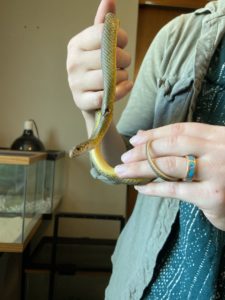 “Bull snakes don’t eat rattlesnakes,” Tallon explains. “But they will ultimately out compete rattlesnakes. So, if you have bull snakes on your property, you probably don’t have rattlesnakes. And again, you need to ask yourself, which one do you want? Skunks eat black widows and a lot of people don’t know that. But it’s like, do you want black widows in your bed or a skunk to come around your neighborhood every once in a while?”
“Bull snakes don’t eat rattlesnakes,” Tallon explains. “But they will ultimately out compete rattlesnakes. So, if you have bull snakes on your property, you probably don’t have rattlesnakes. And again, you need to ask yourself, which one do you want? Skunks eat black widows and a lot of people don’t know that. But it’s like, do you want black widows in your bed or a skunk to come around your neighborhood every once in a while?”
Board member Madison Stegeman met the Nightwalkers when Bob was still at Wildkind and Tallon was a volunteer. She herself was a zoology undergrad student at CSU, and eager for hands-on wildlife experiences that weren’t easy to find in the Fort Collins area. Stegeman is a vet technician now, and in 2016, when the vision of the Wildlife Center was starting to take shape, the Nightwalkers asked her to join the board. She was thrilled.
“Since the last facility here closed, thanks to some tracking and data we’ve collected, we know there have been well over 6,000 animals reported that have been found orphaned or injured and left untreated and suffering,” Stegeman says. “So, there’s a need in Northern Colorado for wildlife patient care. The hope is to not only meet that need, but also provide educational resources, because we strongly believe with education, we can help prevent these avoidable encounters.”
The Northern Colorado Wildlife Center currently functions thanks to community donations and small grants. To support them, and access information about local wildlife issues in Larimer County, you can follow the group on Facebook, or visit their website at nocowildlife.org


